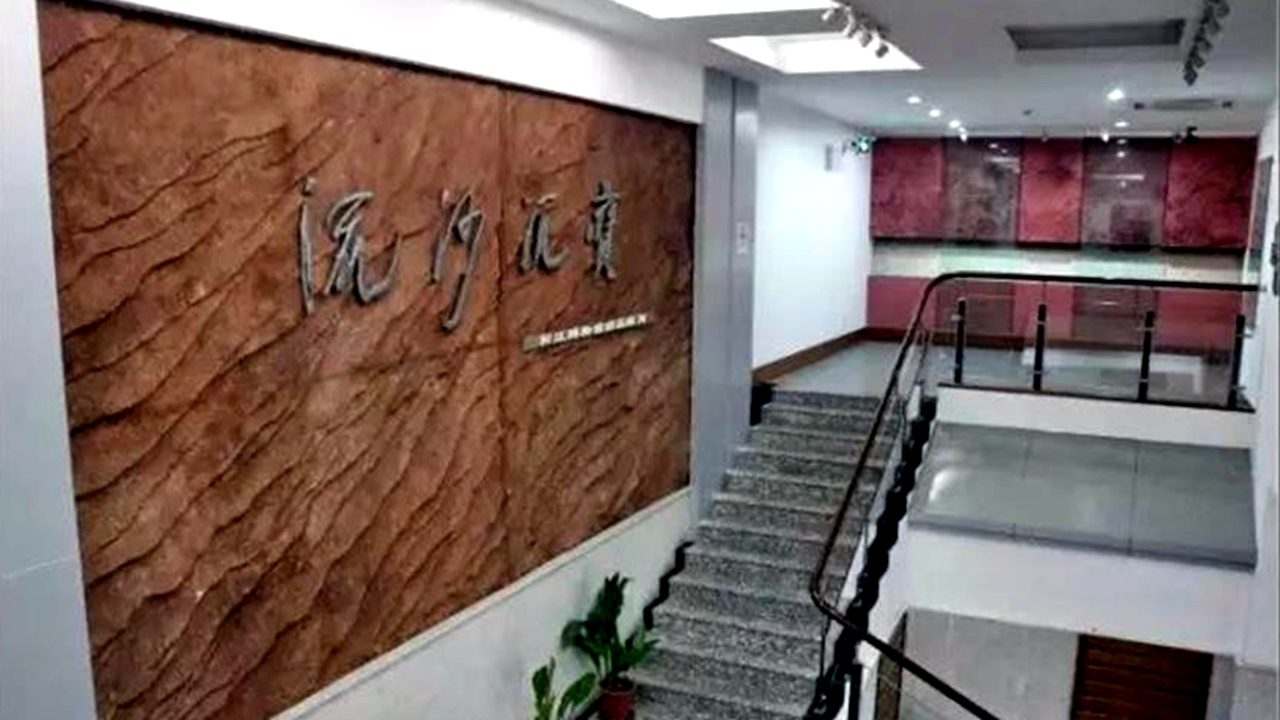Songjiang Museum,
Press Contact
SISU News Center, Office of Communications and Public Affairs
Tel : +86 (21) 3537 2378
Email : news@shisu.edu.cn
Address :550 Dalian Road (W), Shanghai 200083, China
Further Reading
SONG JIANG | Songjiang Museum
12 May 2019 | By Lin Jielai | copyedited by Deng Boyin
|
S |
ongjiang Museum, a local comprehensive museum in Shanghai, is located at No. 233 East Zhongshan Road, Songjiang District. With over 5,000 collections in various types, including earthenware, chinaware, jade ware, goldware, silverware, bronze ware and woodware, and more than 2,000 sets of ancient books, some of which are rare or block-printed editions of great value, the museum aims to collect, study, display and publicize the relics and culture of Songjiang district.
The museum was established on January 24, 1915, formerly known as The Educational Publishing Museum of Songjiang County, but was destroyed in the war in 1937. In 1957, the preparatory office of Songjiang county museum was set up and the new museum was built at No. 233 Zhongshan Middle Road in 1981. It was completed in February 1984 with a construction area of more than 1,800 square meters and opened on October 1. In December 2003, the government of Songjiang district renovated and expanded the original exhibition hall, which was officially opened to the public in November 2004.
Songjiang district was designated as a county as early as in the Tang Dynasty and was elevated to fu, a higher administrative unit, in the Yuan Dynasty. During the Ming and Qing dynasties, Songjiang fu, namely the current Songjiang district, took a lead in terms of economy and culture in the nation. For one thing, Songjiang was the national center of cotton textile industry back then, enjoying the reputation of "the place clothing the nation". For another, Songjiang was a gathering place of talents as evidenced by the well-known "Songjiang painting style", "Songjiang calligraphy style "and "Songjiang poetry style" across the nation in the Ming Dynasty.
The basic display "treasures in the long course of history" in Songjiang Museum displays the historical relics that have been unearthed so far in Songjiang district, including the precious cultural relics of the Song, Yuan, Ming and Qing dynasties evacuated in the underground palaces of the Xilin Pagoda and the Square Pagoda. There are also the oldest full-length "Songjiang Cursive-script tablet" and its pavilion, originally written by a famous calligrapher during the Three Kingdom period, a unique "Carved Self-portrait by Zhao Mengfu", "The Heart Sutra inscription by Dong Qicahng", an inscription by Emperor Kangxi and other carved inscriptions of the calligraphy works of Zhao Mengfu, Dong Qichang and other great calligraphers.
The new exhibition hall mentioned before is divided into two floors: the upper floor used for basic exhibition and the lower floor further divided into two temporary exhibition halls. Covering an area of 500 square meters, the basic exhibition hall exhibits the important collections in the museum, which consists of four parts——the preface hall, "The Dawn of Pujiang River", "The Splendid History" and "Paintings and Calligraphy Works". "The dawn of Pujiang River" shows the life of the ancestors in Songjiang district through four aspects of ancient culture; "The Sparkling History" presents the ground cultural relics and relics unearthed from tombs or collected in the museum for nearly half a century so as to reproduce the prosperous scenes of ancient Songjiang; "Paintings and Calligraphy Works" gives audiences a chance to appreciate the paintings and calligraphy works of a group of artists from Songjiang from the Jin dynasty to the end of the Qing dynasty. Among them is a master of calligraphy and painting of the Ming dynasty, Dong Qichang, who has a profound influence on later generations. Accordingly, the museum set up a 10-square-meter room, an imitation of Dong's study, decorated with a bronze sculpture of Dong and Ming-style furniture. The whole exhibition enables visitors to have a clear understanding of the role that Songjing district played and the contribution it has made in each period.
A visit to the Songjiang museum will allow visitors to trace the history of the international metropolis Shanghai and get a glimpse of the prosperity and splendor of it in ancient times.
Press Contact
SISU News Center, Office of Communications and Public Affairs
Tel : +86 (21) 3537 2378
Email : news@shisu.edu.cn
Address :550 Dalian Road (W), Shanghai 200083, China



